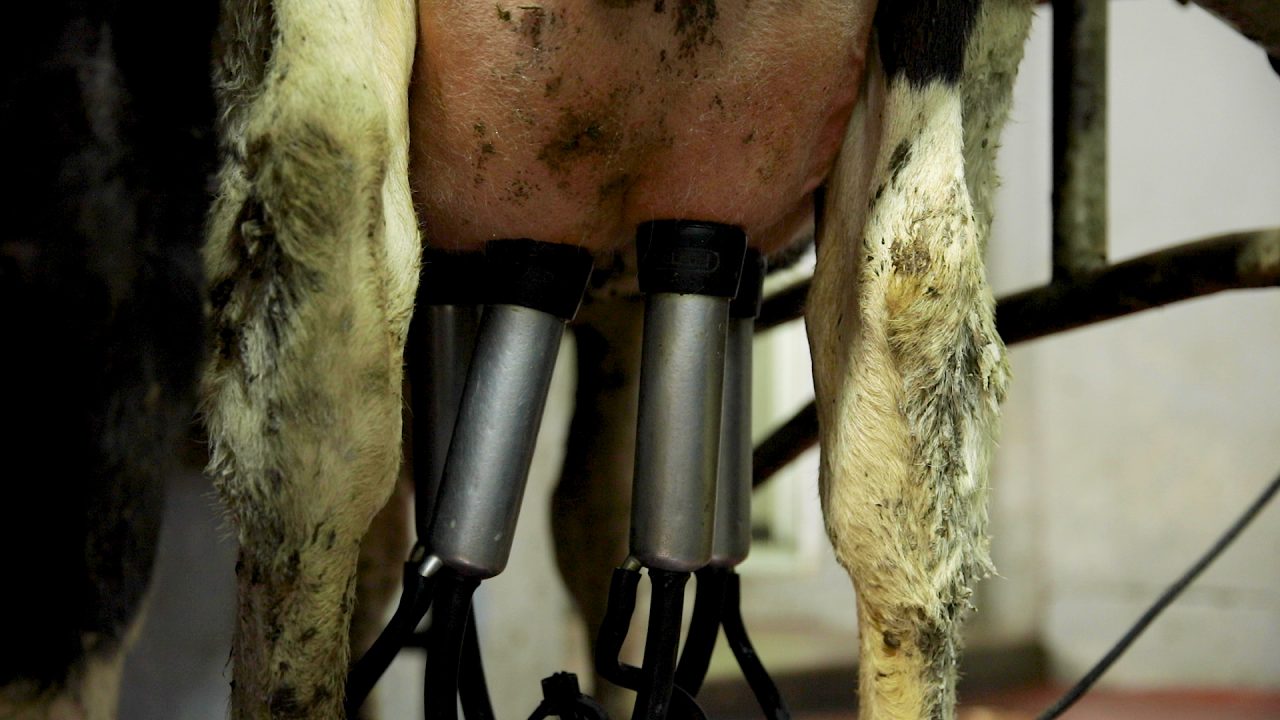Milk recording uptake continues to grow on Irish dairy farms, as farmers begin to prepare for the regulatory changes in January 2022.
The blanket use of antibiotic dry cow therapy (ADCT) will no longer be the norm on Irish dairy farms from January 2022, due to changes in EU regulations.
The use of antibiotics in the drying off process will then only be allowed in cows that require an antibiotic treatment i.e. cows with a high somatic cell count (SCC), with data to prove so.
Milk recording
Because of this, milking recording will become increasingly more important on-farm, to help farmers control cell counts within their herds.
Milk recording offers many benefits to farmers, including identifying high somatic cell counts (SCC).
It also allows farmers to identify their best and worst cows, which allows them to make better management decisions.
Some of the benefits include:
- Tracking your best and worst producers;
- Detecting high SCC cows and controlling your herd’s average SCC;
- It is useful as a culling tool;
- It adds value to your herd through improved herd records;
- It provides economic breeding index (EBI) reliability;
- Pregnancy testing; and
- Increased TB compensation.
2021 uptake
Milking recording uptake has been quite slow, with less than 40% of herds completing milk recording in 2020.
Uptake in 2020 was hampered by the first Covid-19 national lockdown, but uptake had been quite slow before this.
Some of the farmers that have yet to start noted several reasons why they had not done so, including: the farms infrastructure and believing that the milking parlour may not be suitable.
Others noted a previous bad experience and some said they did not see the benefit.
However, so far this year there has be a 20.5% increase in the number of herds milk recording compared to 2020.
With 943,154 cows recorded so far this year, compared to 782,673 for the same period in 2020.
Some of this growth can be attributed to co-ops such as Aurivo announcing its €5/cow milk recording programme, earlier this year.
But the majority of the growth can be attributed to farmers preparing for January 2022 and building records on their cows.
